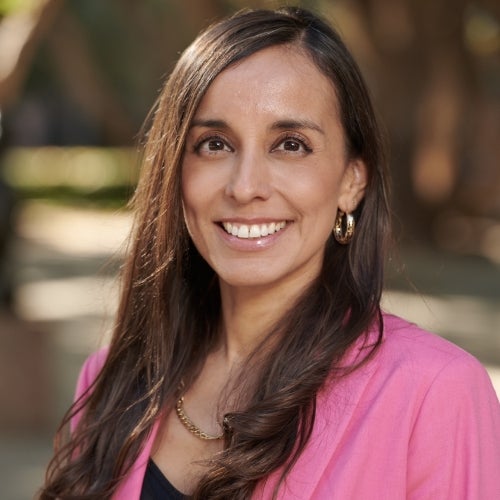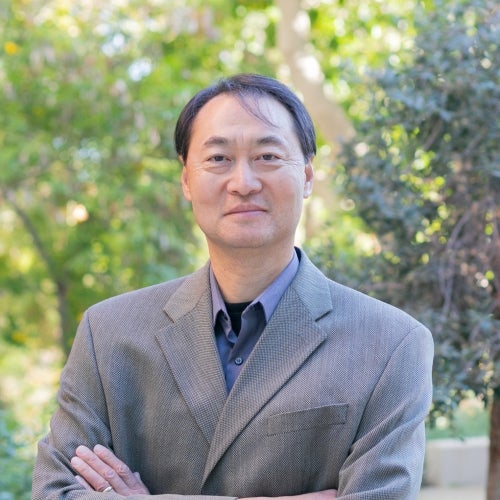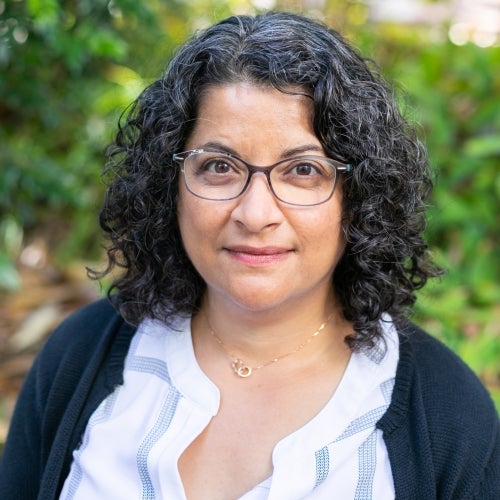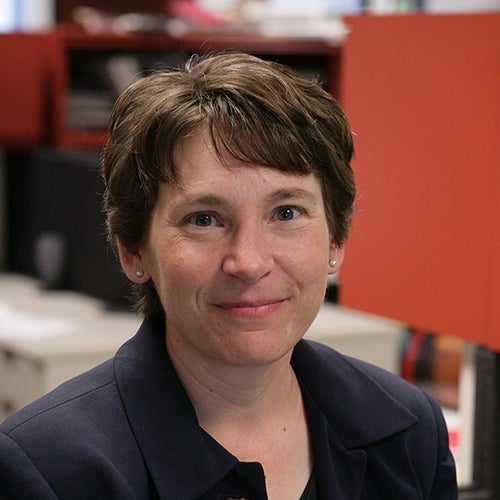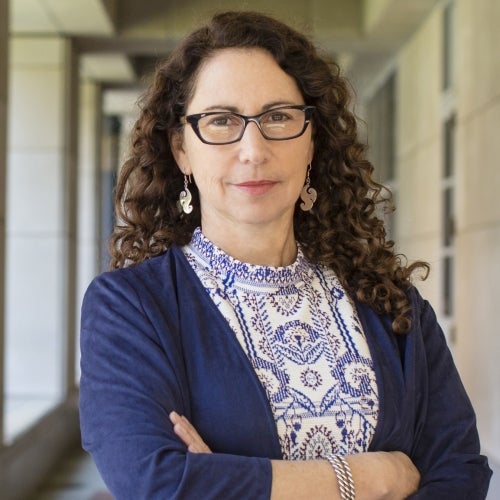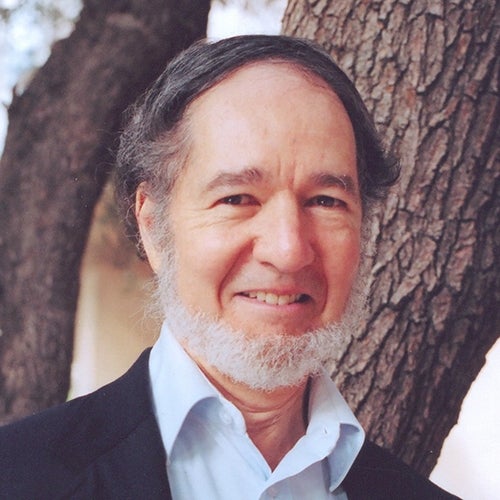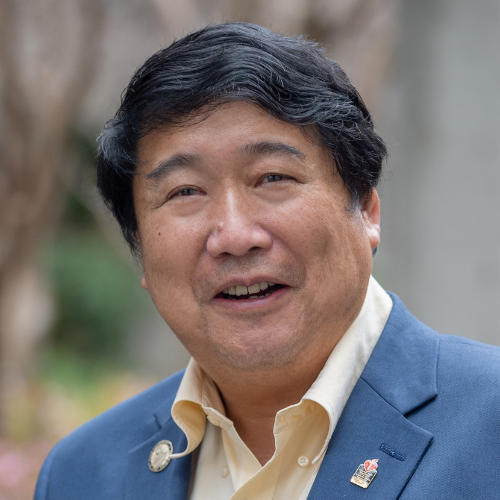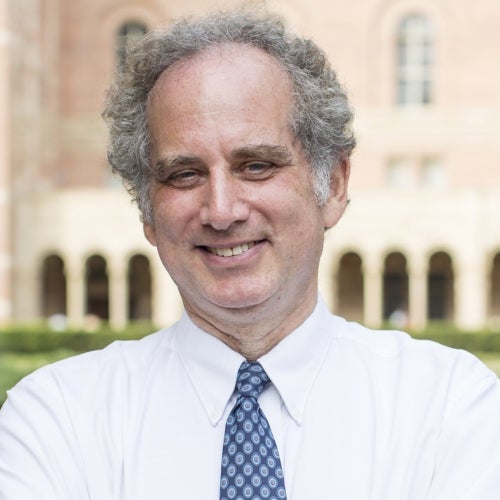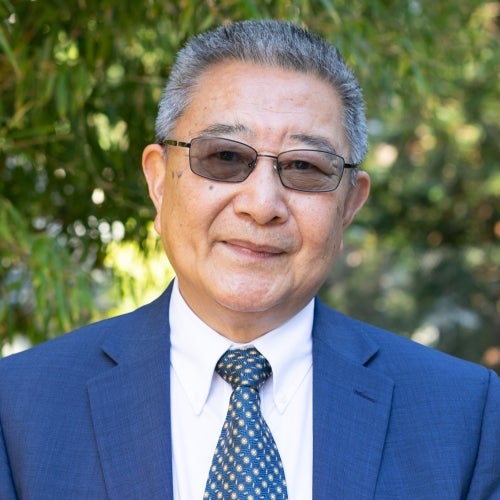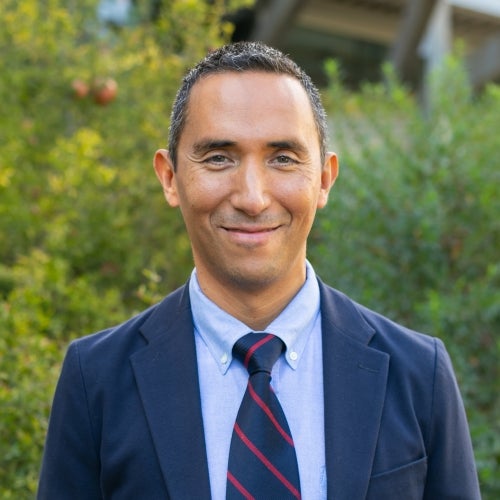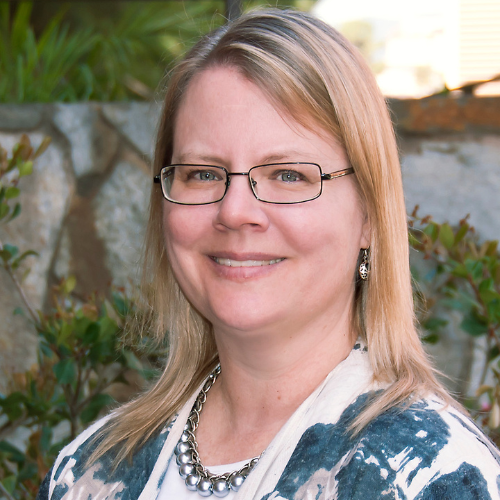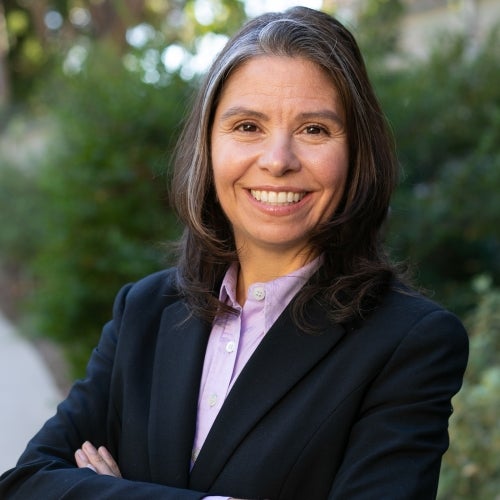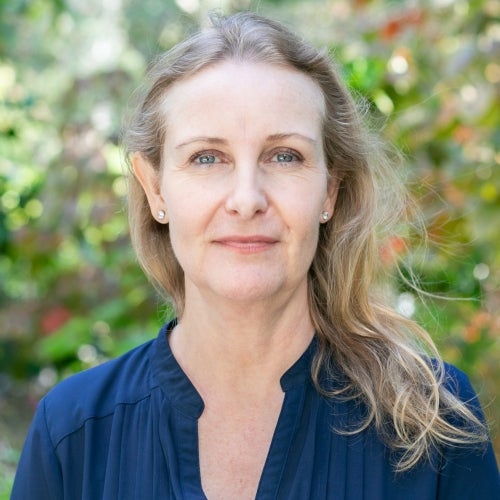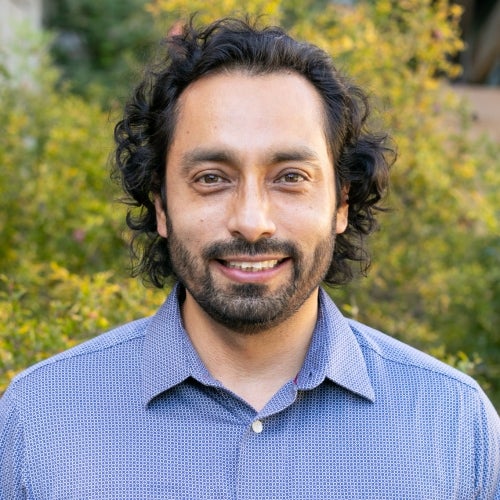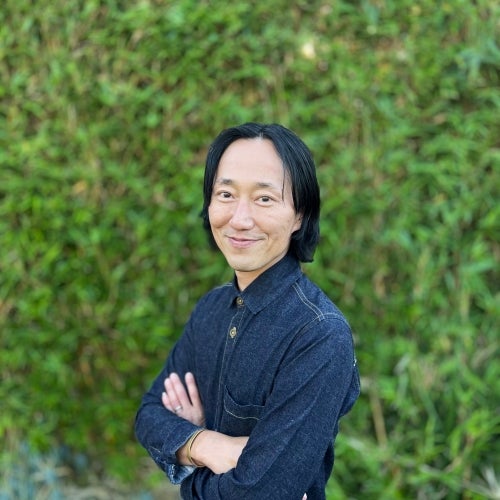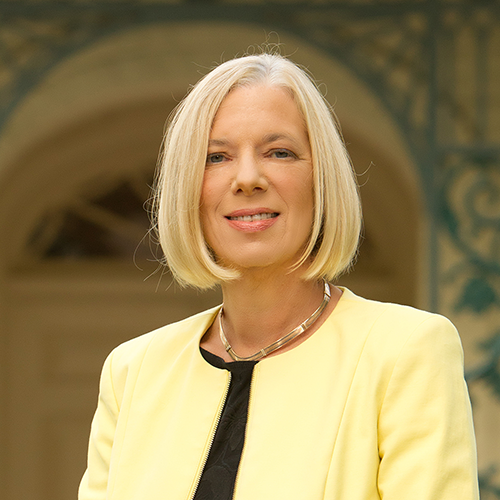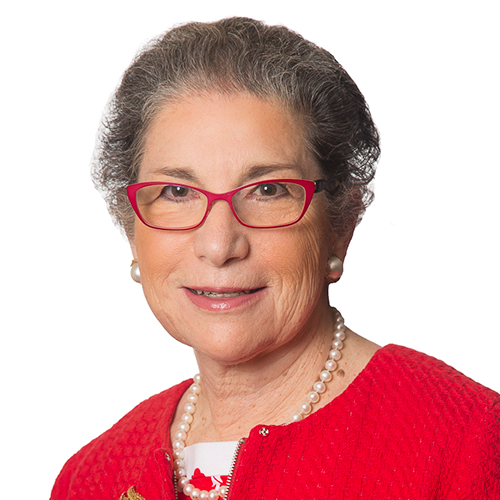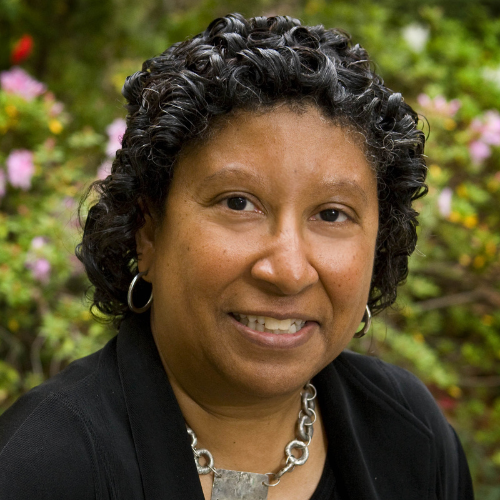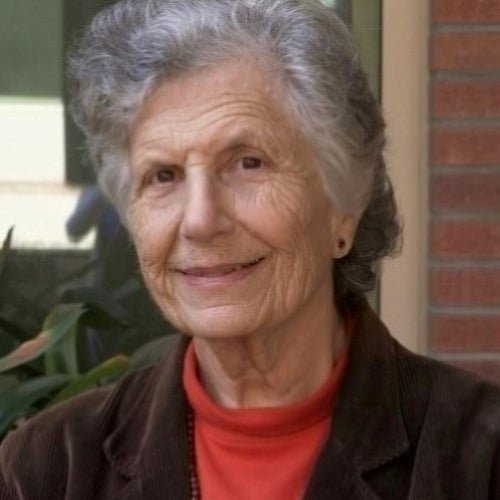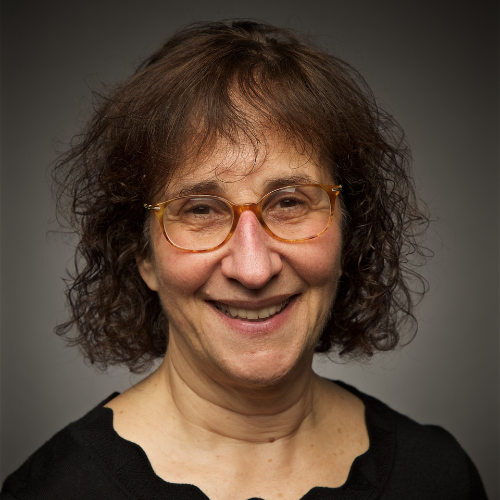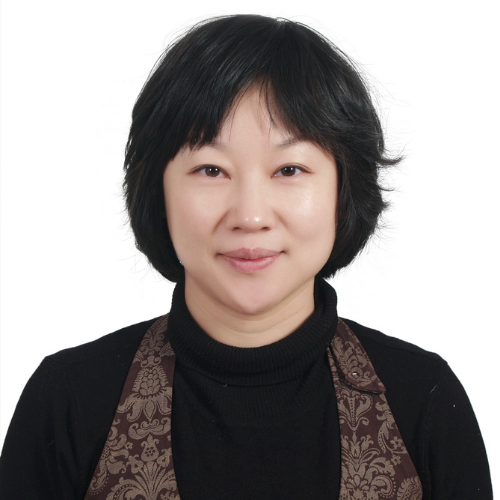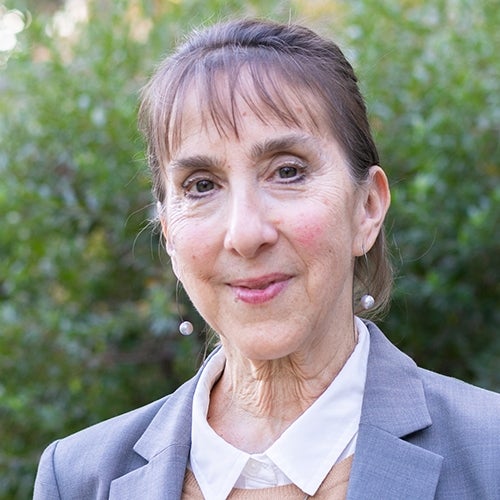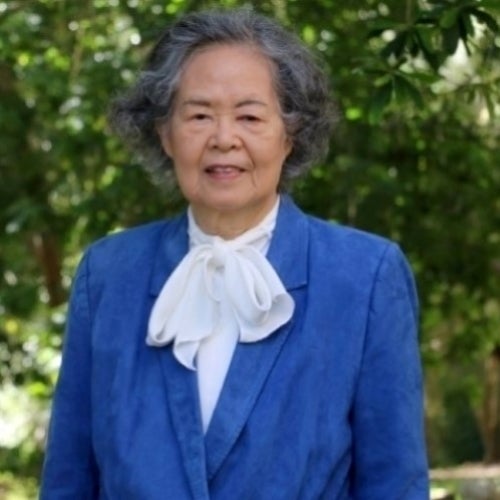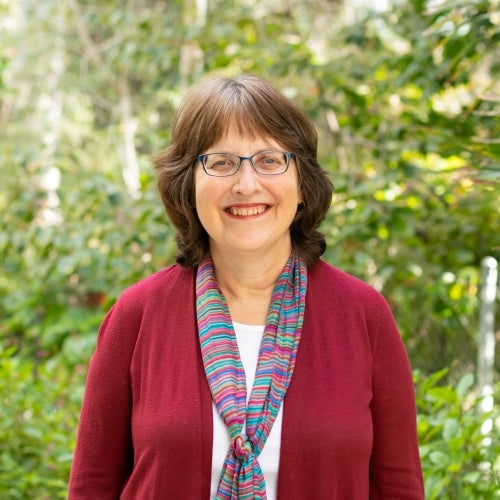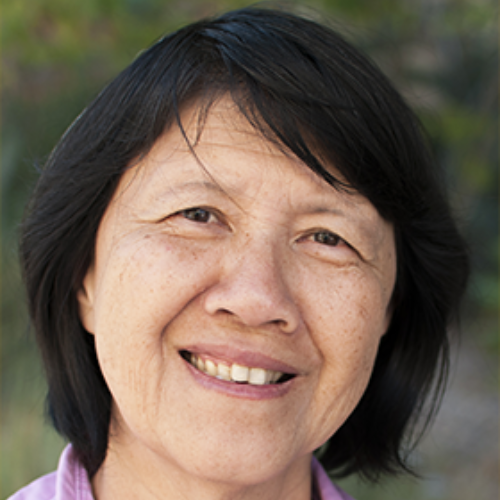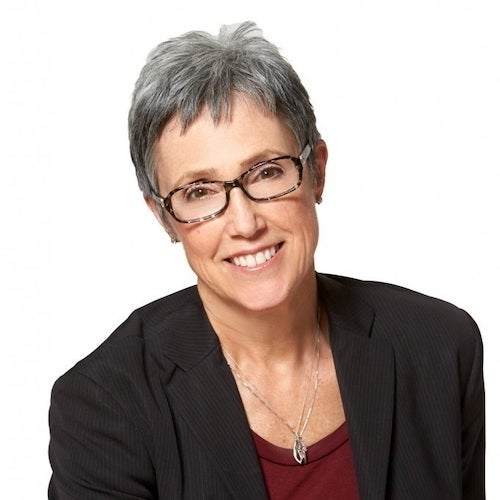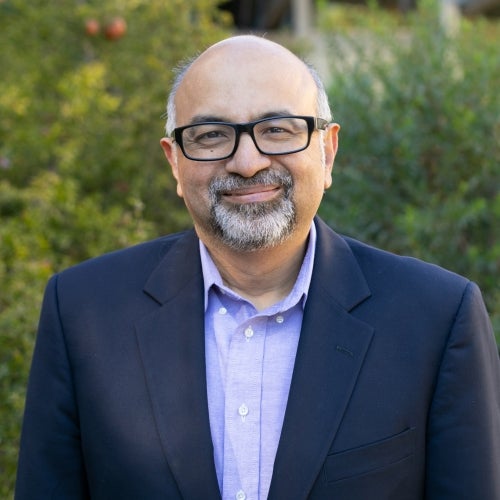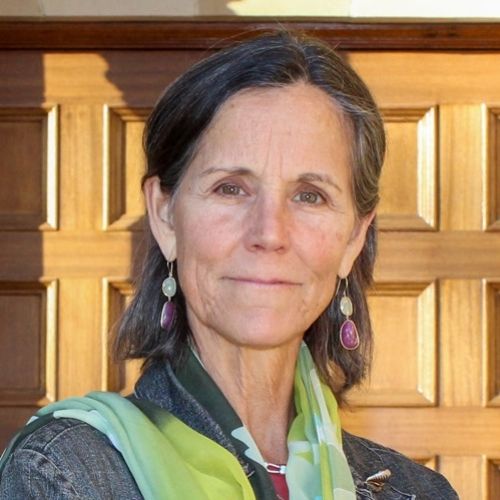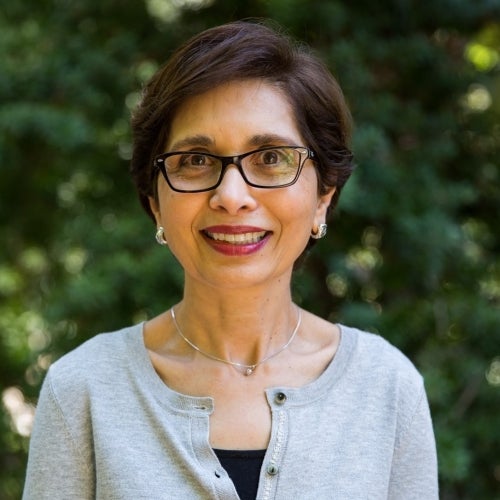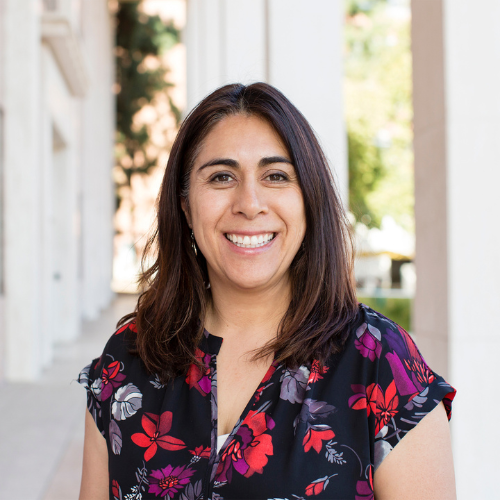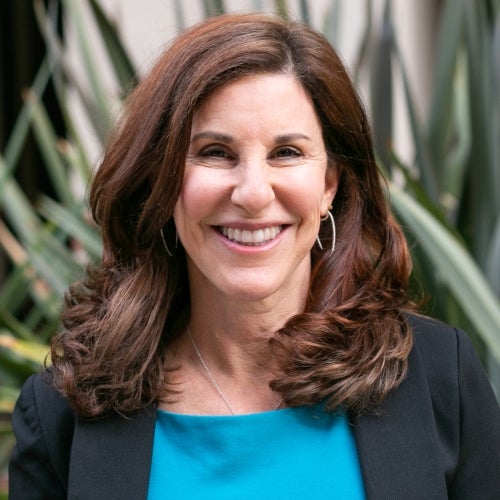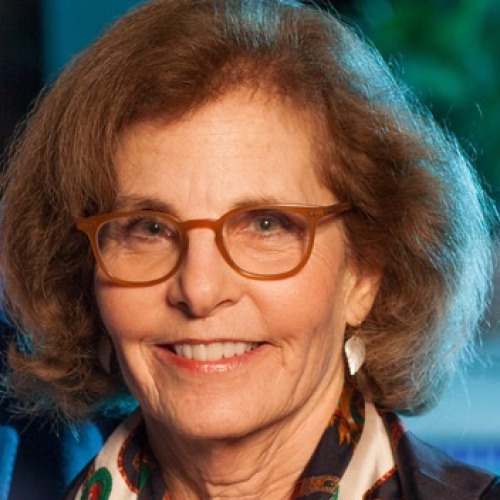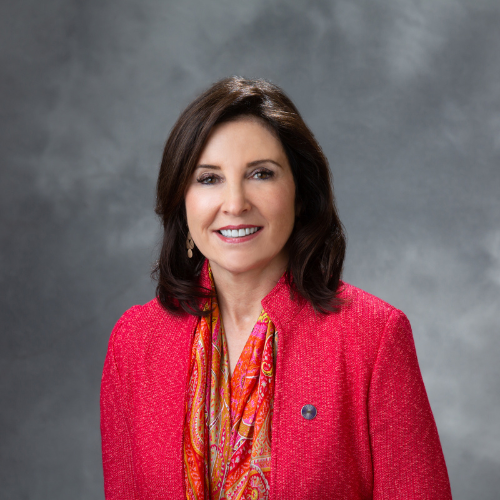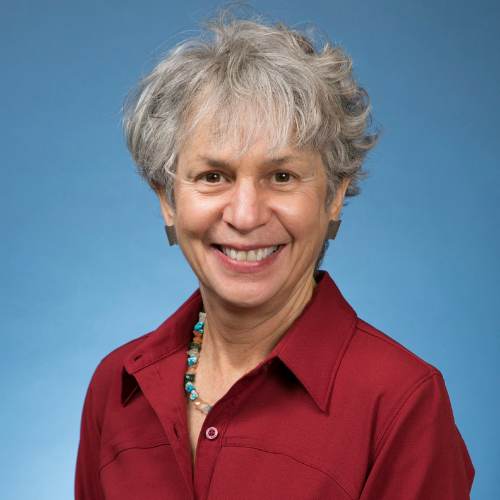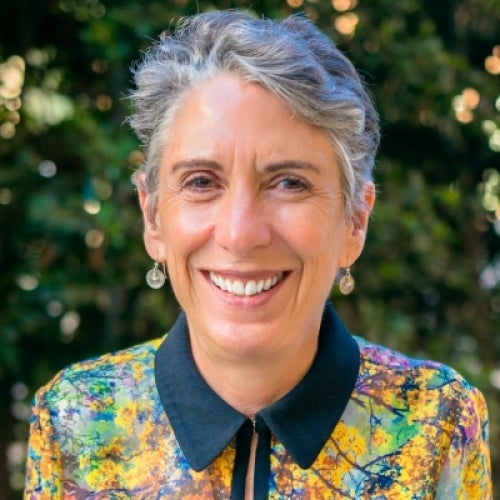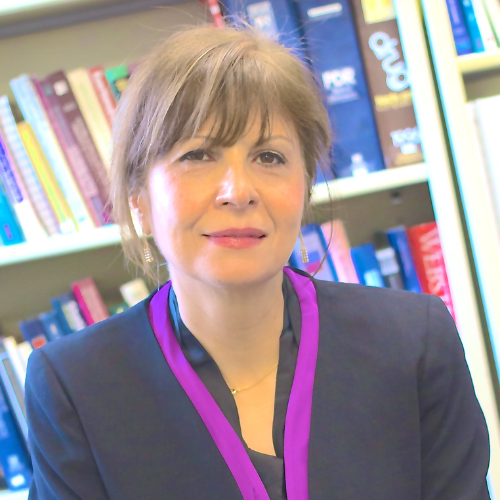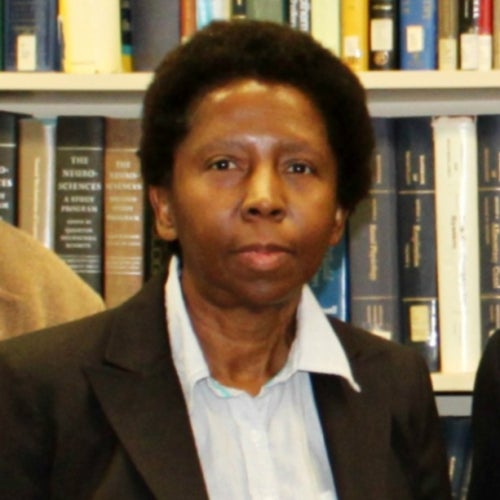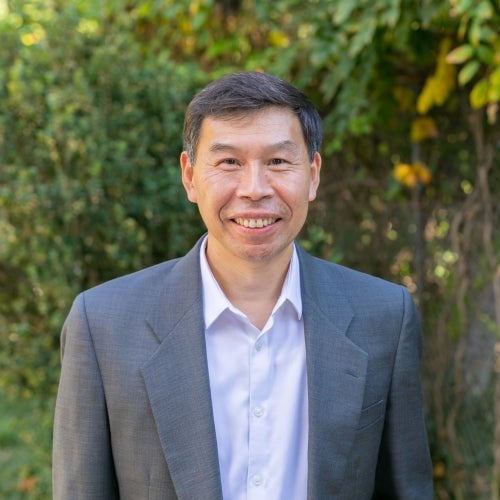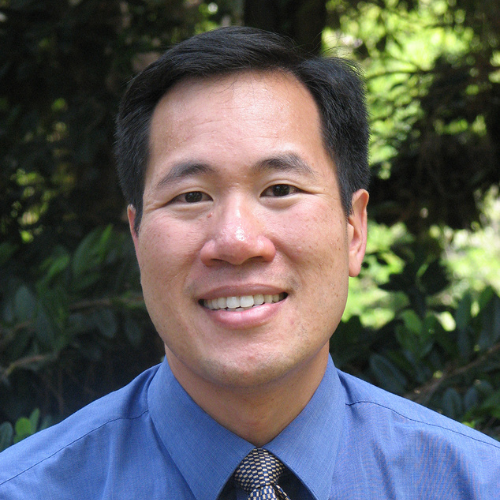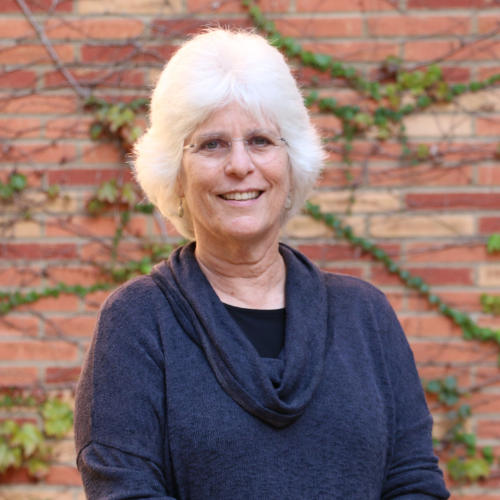Men and women live longer in countries with higher gender parity
Researchers at the UCLA FSPH WORLD Policy Analysis Center found that gender equality is also associated with significantly lower maternal mortality.

In advance of International Women’s Day (Sunday, March 8), new research from the WORLD Policy Analysis Center at the UCLA Fielding School of Public Health (WORLD) shows that in countries where gender parity is high, both men and women live longer than in countries where equality is low.
Specifically, countries where educational gender parity is higher could expect years of greater life expectancy for both men and women, along with significantly fewer maternal deaths per 100,000 live births. A separate but related measure of women’s participation in the labor force suggests that increased gender parity in the workplace is also associated with a lower national maternal mortality rate and significant extensions to female life expectancy.
“This study marks an important step in quantitatively debunking the notion that women’s improved social standing and access to secure livelihoods come at men’s expense. Our research suggests that both men and women can gain from such shifts,” said Dr. Jody Heymann, founding director of WORLD and a UCLA distinguished professor of public health, public policy and medicine. “Additionally, male life expectancy may potentially be extended through educational equality.”
The study is scheduled for online publication March 5 in EClinicalMedicine, a medical journal published by The Lancet. Heymann and co-author, Dr. Adva Gadoth, a former Hilton Fellow at WORLD and current postdoctoral scholar at the UCLA Fielding School of Public Health, found the results held true in measures of both educational and work equality. These are defined as the overall proportion of girls or women participating in each area out of a total age-eligible population of females at the national level, and how that compares with those for boys or men in the same country.
A 10% increase in the authors’ newly developed educational parity index – equivalent to a 4.9% increase in a country’s gross annual school enrollment across primary and secondary schools and higher education – is associated with two years of greater female life expectancy, and almost a year greater male life expectancy at birth, even after accounting for individual countries' GDP, unemployment rates, urbanization, and domestic government health expenditures.
The same 10% increase in a country’s educational parity was also associated with a reduction of almost 60 maternal deaths per 100,000 live births nationally. The educational parity index is defined as the average product of a country’s female-to-male enrollment ratios and female enrollment rates across all levels of schooling.
Separately, a 10% increase, this time in female labor force participation, is associated with 15 fewer maternal deaths per 100,000 live births, and almost a full year’s extension of female life expectancy at birth, with no effect on male life expectancy. The work parity index is defined as a given country’s average female-to-male ratios of professional, technical, and managerial workers, and total female labor force participation.
The researchers said the work so far suggests that increases in gender equity can pay off beyond the realm of education and work.
"Improving gender equality through policy and other programmatic interventions is a win-win,” Gadoth said. “Our research shows that increasing women’s participation in society at large can have broad, positive impacts on population health in addition to reducing poverty, promoting human rights, and increasing people’s personal agency around the globe.”
The UCLA WORLD Policy Analysis Center (WORLD) is the largest global quantitative policy center, capturing well over 1,000 health, social, economic, and environmental policy and program indicators for all 193 UN countries. WORLD has partnerships with academic, civil society, and intergovernmental organizations covering all regions. WORLD is led by Jody Heymann, M.D., Ph.D., who is Dean of the UCLA Fielding School of Public Health and a Distinguished Professor in the Luskin School of Public Affairs, the David Geffen School of Medicine, and the Fielding School of Public Health.
The UCLA Fielding School of Public Health, founded in 1961, is dedicated to enhancing the public's health by conducting innovative research, training future leaders and health professionals from diverse backgrounds, translating research into policy and practice, and serving our local communities and the communities of the nation and the world. The school has 690 students from 25 nations engaged in carrying out the vision of building healthy futures in greater Los Angeles, California, the nation and the world.
Faculty Referenced by this Article

Dr. Michelle S. Keller is a health services researcher whose research focuses on the use and prescribing of high-risk medications.
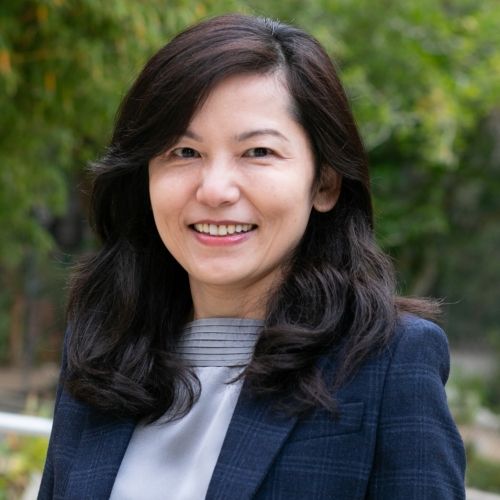
Associate Professor for Industrial Hygiene and Environmental Health Sciences

Dr. Anne Rimoin is a Professor of Epidemiology and holds the Gordon–Levin Endowed Chair in Infectious Diseases and Public Health.

Dr. Ron Andersen is the Wasserman Professor Emeritus in the UCLA Departments of Health Policy and Management.

Automated and accessible artificial intelligence methods and software for biomedical data science.

Dr. Hankinson is a Distinguished Professor of Pathology and Laboratory Medicine, and of EHS, and Chair of the Molecular Toxicology IDP

Assistant Dean for Research & Adjunct Associate Professor of Community Health Sciences

Professor of Community Health Sciences & Health Policy and Management, and Associate Dean for Research

EMPH Academic Program Director with expertise in healthcare marketing, finance, and reproductive health policy, teaching in the EMPH, MPH, MHA program

Robert J. Kim-Farley, MD, MPH, is a Professor-in-Residence with joint appointments in the Departments of Epidemiology and Community Health Sciences

Dr. Joseph Davey is an infectious disease epidemiologist with over 20 years' experience leading research on HIV/STI services for women and children.
Nationally recognized health services researcher and sociomedical scientist with 25+ years' experience in effectiveness and implementation research.

Director of Field Studies and Applied Professional Training
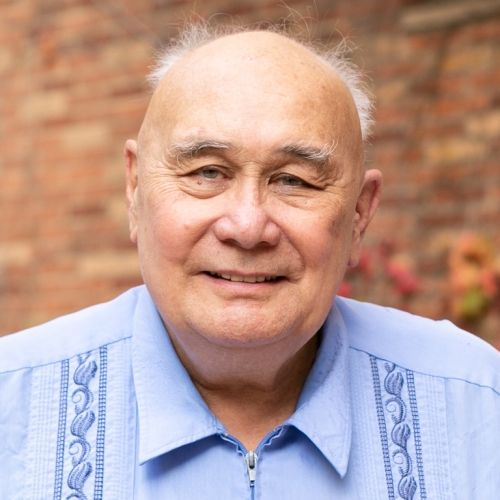
Industrial Hygiene & Analytical Chemistry



